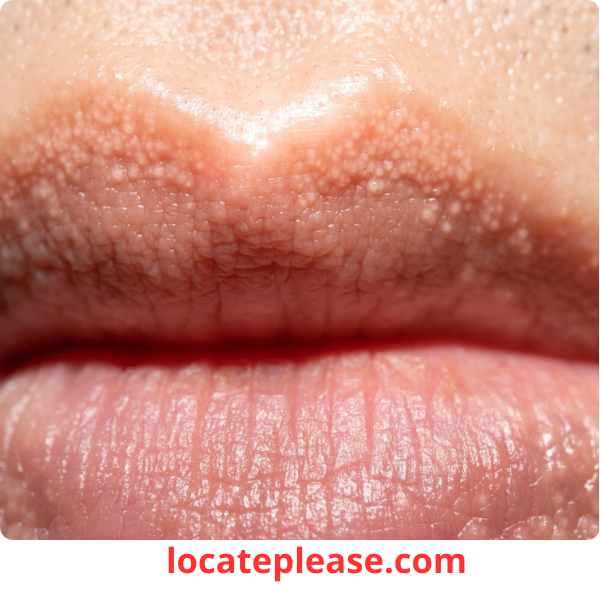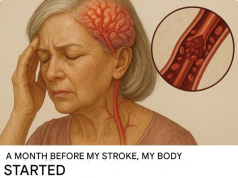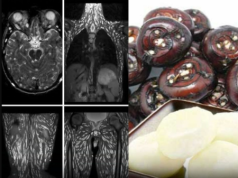Have you ever noticed small white or yellowish bumps on your genitals or lips and worried something might be wrong? If so, you’re not alone. Many people discover these bumps—especially during routine hygiene or intimate moments—and immediately assume the worst. Fortunately, one of the most common causes is completely harmless: Fordyce spots.
What Are Fordyce Spots?
Fordyce spots are small, pale or white bumps that can appear on the lips, genitals, or inner cheeks. They are visible sebaceous (oil) glands that are not associated with hair follicles. While everyone has sebaceous glands, Fordyce spots become visible when these glands are located closer to the skin’s surface than usual.
You might find Fordyce spots:
-
On the shaft of the penis or scrotum in men
-
On the labia in women
-
On the vermillion border of the lips (the transition area between your lip and normal skin)
These bumps are usually 1–3 millimeters in diameter, painless, and not itchy or infectious.
Why Do People Get Fordyce Spots?
Fordyce spots are completely natural and are not caused by any underlying disease or poor hygiene. In fact, they are thought to be present from birth, but they become more noticeable around puberty due to hormonal changes that increase oil gland activity.
They are not sexually transmitted, and having them doesn’t indicate any health issue.
Do Fordyce Spots Go Away?
Fordyce spots are typically permanent, though they might become more or less visible over time. They often become more noticeable during hormonal shifts, such as adolescence, and sometimes diminish in appearance with age.
While they don’t disappear entirely on their own, their presence is not a cause for medical concern.
Should You Treat Fordyce Spots?
In most cases, no treatment is necessary. Because they are benign and not harmful, the best course of action is often reassurance and education.
However, if you’re feeling self-conscious, there are some cosmetic options to consider—although none are guaranteed to be fully effective:
-
Laser therapy (e.g., CO2 laser)
-
Topical treatments like tretinoin or clindamycin (used with caution)
-
Micropunch surgery in severe cosmetic cases
⚠️ Important: These treatments can cause irritation, scarring, or skin discoloration. You should only consider treatment if you’re experiencing significant emotional distress and after consulting a healthcare provider.
When to See a Doctor
While Fordyce spots are harmless, it’s wise to consult a medical professional if:
-
The bumps change shape, color, or size
-
They become painful or itchy
-
You experience other symptoms like discharge, ulcers, or rashes
-
You’re unsure whether what you’re seeing is truly Fordyce spots
A dermatologist or general practitioner can help confirm the diagnosis and rule out other conditions like:
-
Genital warts
-
Molluscum contagiosum
-
Cysts
-
Herpes
The Bottom Line: Fordyce Spots Are Normal
It’s easy to feel alarmed when you discover anything unusual on your body, especially in private areas. But the truth is, Fordyce spots are a normal part of human anatomy, seen in 70–80% of adults. They’re not dangerous, not contagious, and usually don’t need any treatment.
In a world where we rarely talk openly about our bodies, knowing what’s normal is empowering—and Fordyce spots definitely fall into that category.










